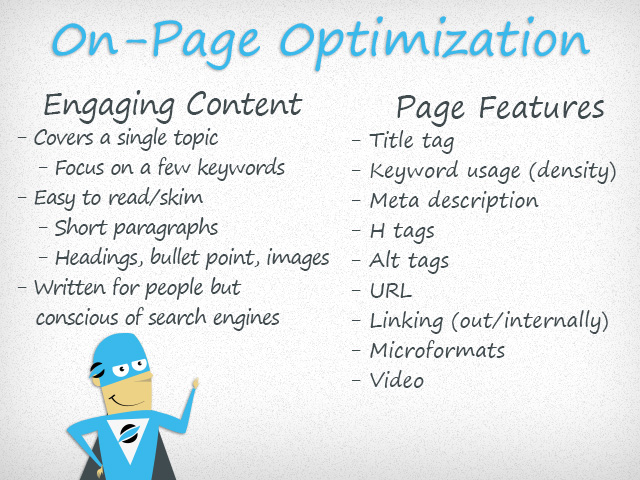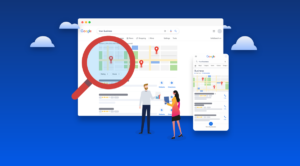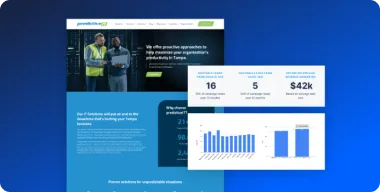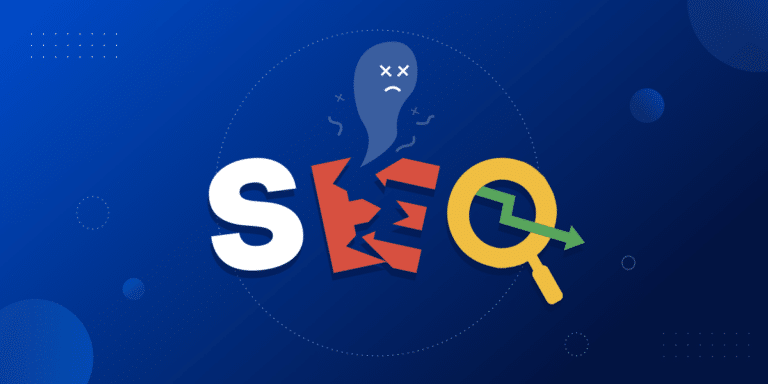A few weeks ago, we covered some of the basic aspects of Search Engine Optimization. In this video, we’ll get into the details of on-page SEO including page features that search engines use as ranking factors and strategies that you should employ to give you webpages their best chance of appearing in search results. When it comes down to it, on-site optimization is the foundation of all your other SEO tactics. Without great content that uses appropriate keywords and provides value to readers, the rest of your SEO strategies will continually fall short.
There are a ton of resources available that go into on-page optimization in even greater detail. If you’re still new to SEO, I’d suggest starting out with Moz’s information about on-page ranking factors or Chapter 6 of their Beginner’s Guide to SEO.

If all of this seems a bit confusing, you might want to go check out our video on the basics of SEO.
Video Transcription
Hey there Pronto people. Tim here again back in the Pronto video lab to talk to you today about on-page optimization. We’re going to get into a little more of the details this time, talk about what you should be doing, talk about what’s really important on your page, and really get into things so you understand what’s going on with on-page optimization.
Firstly, I’d like to apologize quickly if you’re having a little trouble reading our whiteboard. We’re still experimenting with our lighting but we’ll post a graphic in the little video here so you can get a real clear picture of what we’re talking about.
To start off, whenever you’re doing something with SEO, I think it’s always a good idea to take a step back and look at things from Google’s perspective and think about what they’re trying to accomplish before you go do anything to your website. Google’s ultimate goal with everything they do related to search is to provide value to their users. They want to answer their users’ questions as quickly as possible. Hopefully in that very first result, they’ll get the right page that that user is looking for.
In order to do that, Google has to return valuable pages for any searches, searches that answer questions, provide information and provide value to the people who land on those pages. With that in mind, I would say by far the most important thing with on-page optimization is putting engaging content on your website. It’s really important that anyone who comes to any page on your website finds value in what you’re putting there. It shouldn’t be a bunch of junk. I know we’ve all been to those pages where it’s just pure spam and you land on there and you think, “What am I doing here? There’s nothing worth me being here.” You leave right away to find a real answer somewhere else.
I have a few tips here in order to help you provide engaging content to your visitors. First you should try and keep things focused on a single topic. Don’t try to cover everything all on one page. Really narrow it down to your focus on one thing and really focus on just a few key words. That will help you get your optimization really sharp on those keywords and give you a better chance of ranking for what you’re really striving for there.
Another really important thing that I think gets overlooked sometimes and it doesn’t necessarily help you rank but really helps your visitors is to keep your content easy to read and easy to skim. I know we’ve all been to those pages or even in emails and you see this huge block of text 10 lines long and you just say, “Well I’m not going to read that. I’m just going to skip over it and skim over it and hopefully get a basic idea of what it’s talking about there.”
You want to write for those people who’re skimming. If you’re writing 300 words all on one block of text, nobody is going to read it. Use short paragraphs, use headings, bullet points, images, anything to really break up your content and make it easier for people to digest. You also want to write not for search engines. Write for people first but be aware that search engines are going to be crawling your page and looking at different aspects of your page to figure out what it should rank for and how well it should rank for those keywords.
Let’s get into a few features from pages that are important for SEO or important just in organizing and structuring your page itself. By far the most important single piece of content on any given page is the title tag. This is the little snippet of text that will appear in your browser tab right at the top of your window. Usually it’s something very short and very descriptive about what’s going on on the page. Search engines look at this and say, “The words in this title tag must be what this page is about.” Make sure you have two to three, maybe no more than that, maybe only one sometimes, keyword in your title tag to let search engines know this is what this page is about. It’s really important that you put your most valuable keywords up there.
Then throughout the page you want to make sure you’re using your keywords naturally. Use variations of them. If it’s a phrase you might use part of the phrase here and part of the phrase there and I like to say you should be keyword conscious. Write as you normally would about the topic and kind of know that these are the keywords you want to focus on and try to throw them in where it seems natural.
One thing that comes up a lot is keyword density as a ranking factor and that’s really just not the case anymore. That goes way back to the early search engines in the early ‘90s but there’s no magic percentage of keyword usage on a page that’s going to help you rank higher. Just be natural; use it as you normally would if you’re writing an article or an informational page on your site.
Meta description isn’t so much of a ranking factor anymore but it can change the way your page appears in search results. It might change the way people actually see in search results. If you have a well-written, well-crafted meta description, it might entice people to click on your page over someone else’s page.
There’s a few HTML things going on here. The H tags are heading tags in HTML and they’re used as titles to break up different sections of the page with each 1 being the largest and the most important. It goes down to H2, H3 for subsections. Those get less and less important from the SEO perspective but very important when you’re talking about readability and how easy it is to get through a really long article, a really long page and figure out what it’s about.
Alt tags go along with images. Search engines can’t tell what an image is. As smart as they are, they can’t look at all the pixels in that image and say this is a picture of a computer. They just have no idea. Alt tags are there to provide a text value for an image to basically tell search engines what that image is. This is a great spot to throw in key words or just be descriptive about what the image really is.
URL is another important part of a page itself. This kind of gets into technical SEO a little bit so we’ll cover it more later but basically you want to have a URL that’s descriptive about the page. If I’m writing about computer support, I don’t want this long numeric URL. I want example.com/computer-support. It’s really easy, it’s really obvious what it’s about and it just makes sense from a user’s perspective as well.
Linking is generally considered to be an off-page SEO thing but it actually comes in handy with on-page optimization as well. That’s basically linking out from your article to other resources. These might be authority websites about the topic you write about. It might be resources that you have on your own website that you might point users to. The key factor here is to make sure that you’re linking to information that the user is going to find useful. Don’t just link to a page because you want them to go to this landing page and sign up for your service. Link to that page because there’s more information there that they can read more about if they’re interested.
Microformats are almost kind of like Alt tags in that they help tell search engines what information is on your website. It’s used really commonly with addresses or maps, hours of operations. A few years ago, a bunch of the search engines got together and decided they were going to develop a new microformat called Schema.org. That’s a really important part of letting search engines know exactly what the information on your page means and it can lead to changing the way that page appears in search results.
Let’s say you had a page about movie times and you used a microformat to list all those movie times. Google might display those movie times automatically in the search results before they even get to your page.
Lastly, a question we get a lot is how does video help with SEO. I think one misconception that a lot of people have is that placing a video on a page doesn’t necessarily mean that that page is automatically going to start ranking higher. It’s not a ranking factor that Google looks at and says, “Oh this page has a video; let’s put it higher up in the rankings.” It can help in a lot of other ways. It can help keep your users more engaged. Sometimes a video makes certain topics easier to digest than say a 2,000-word blog post. It can also make your page more shareable which can lead to more traffic, more links pointing to your page and just a better overall experience for all the users.
That about covers it for now. I want to touch on this one more time and really, really get the point in that on-page SEO is really about providing value to your users and being aware that search engines are looking at all that information as well. Put the users first, make sure you’re thinking about search engines while you’re doing it and everything’s going to be all right.
That’s it for now guys. I’ll see you later. Bye bye.



